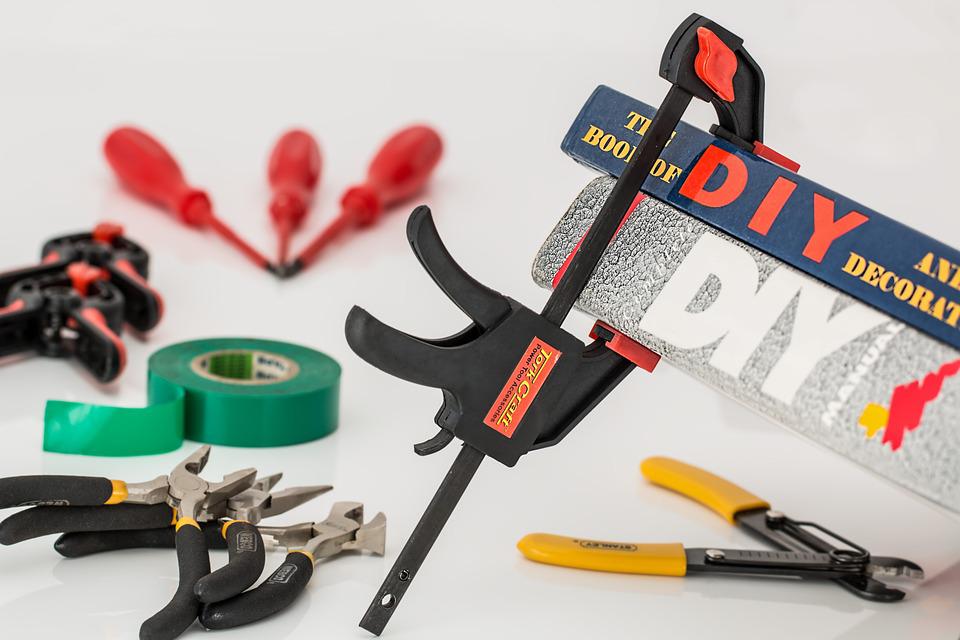Guest blog by Restoration UK
House insurance can help you feel secure in your home, knowing that you’re covered should anything go wrong. However, insurance alone is not enough to protect your home. Wear and tear is not covered by insurance, as property should be adequately maintained, so having a sensible home maintenance schedule is essential.
If you neglect your home, you could face problems from rot, damp, and mould – and if you ignore these problems, they could lead to structural problems if you’re unlucky. Leaks can lead to costly damage too; and that’s before you get on to the health risks of damp. However, these tips will help you keep your home well maintained, and avoid expensive insurance claims.
Check Rainwater Goods
Blocked guttering and loose pipes can lead to leaks. Make sure your rainwater goods are well maintained. Remove any vegetation that’s fallen into your gutters – or started growing there. Look for signs of leaks around your pipes, such as staining on the walls (which can also be caused by salts and fix anything that’s loose.
Look After Your Pipes
Burst pipes cause many insurance claims – but a little care will save you a lot of repair. Any pipes and taps that are exposed to the cold should be protected with foam. You do this using foam tubes that match the size of your pipes, with adhesive tape or cable ties to hold it in place. Join the foam tubes where they meet, cutting the foam tube at a 45 degree angle to get around corners. Lag pipes in your loft, garage, unheated rooms and external walls.
Leaving your heating on low when you’re away will also help you avoid the nightmare of a burst pipe (and will minimise the risk of damp too). If you know you’re going to be away from your home for an extended period, turn the water off at the stopcock and consider draining the system down to ensure that there is no water left in the pipes to freeze.
Check Your Insulation
As well as lagging your pipes, you need to insulate water tanks in unheated areas such as garages and loft spaces. Make sure that your loft insulation is thick and in good condition. Run insulation over your pipework if you can.
Think About Airflow
Air circulation is essential to avoid damp. Make sure your cupboards aren’t over-filled, and leave a gap between furniture and the wall. If the weather gets cold, leave your loft trap door open to allow warm air to circulate. You may also want to consider installing ventilators, particularly if you have issues with damp.
Avoid Rot
Condensation is a common problem that can lead to damp and rot, as can rain penetration and rising damp. Check window and door frames for any sign of rot and fix it as soon as you spot it
Home maintenance is an essential part of home ownership (and if you rent, you are still expected to keep your home in good repair, though your landlord may be responsible for undertaking work. However, you still need to inform your landlord about anything that needs doing). With a little care, you can limit costly insurance claims and keep your home protected.
This blog post was provided by Restoration UK, who have been providing expert advice on property renovation, conversion and restoration for over 20 years. For more home maintenance tips, along with advice on dealing with damp and mould, visit http://www.restorationuk.com/blog. If you require further information, contact Restoration UK on 01509 217 750.
Any advice or information in this blog is general advice only. It does not take into account your personal circumstances: please do not take action based solely on this information.





